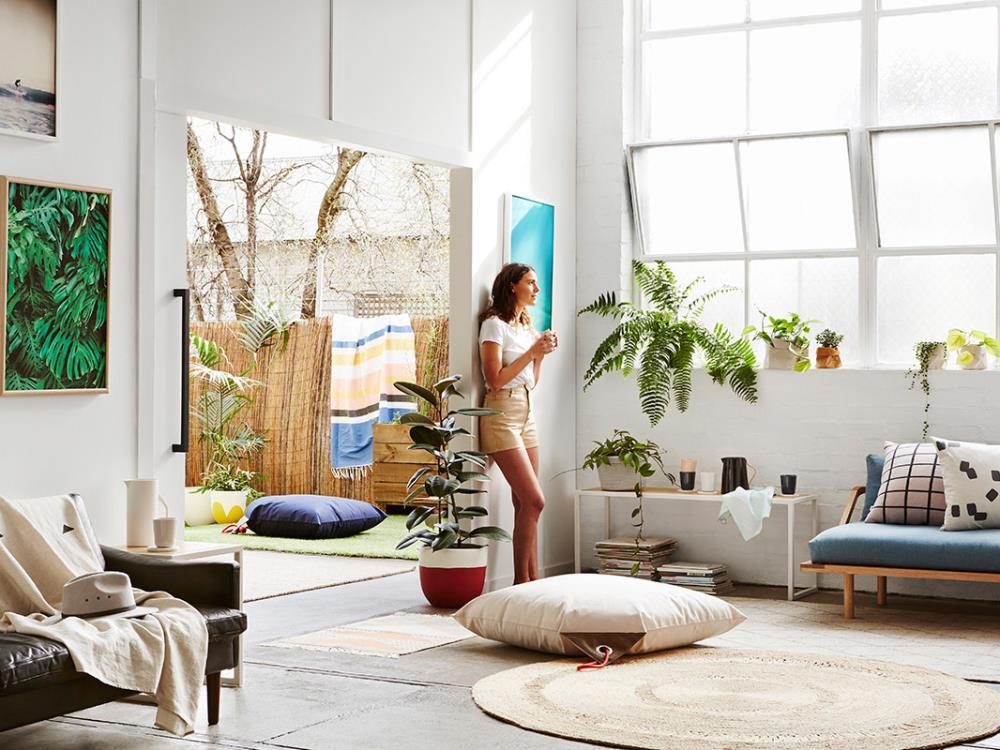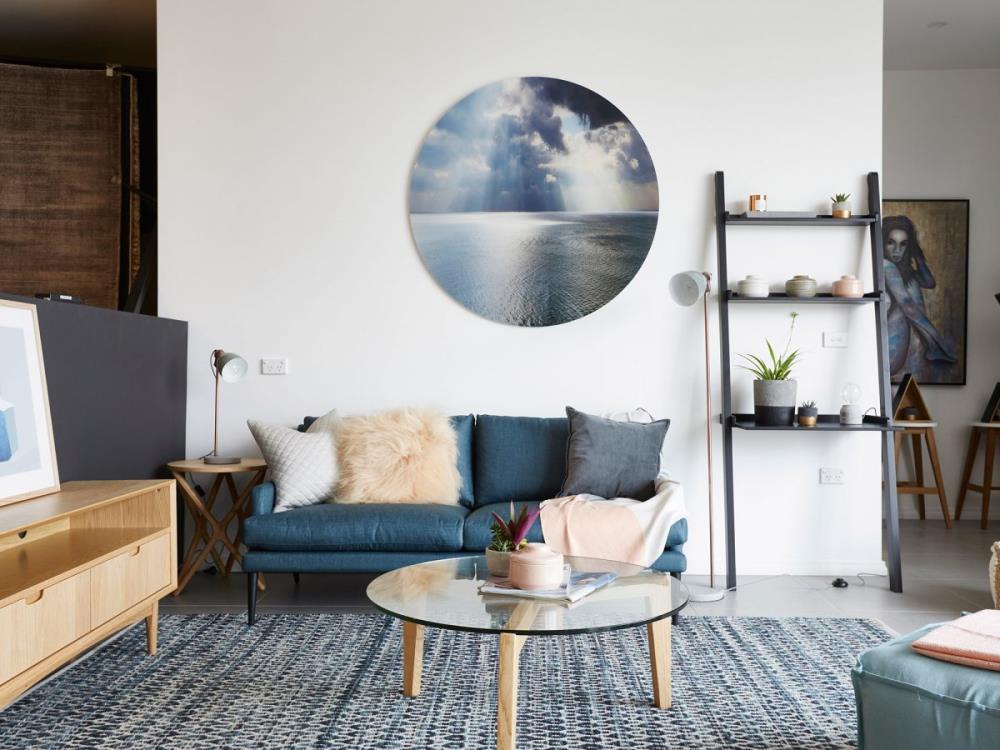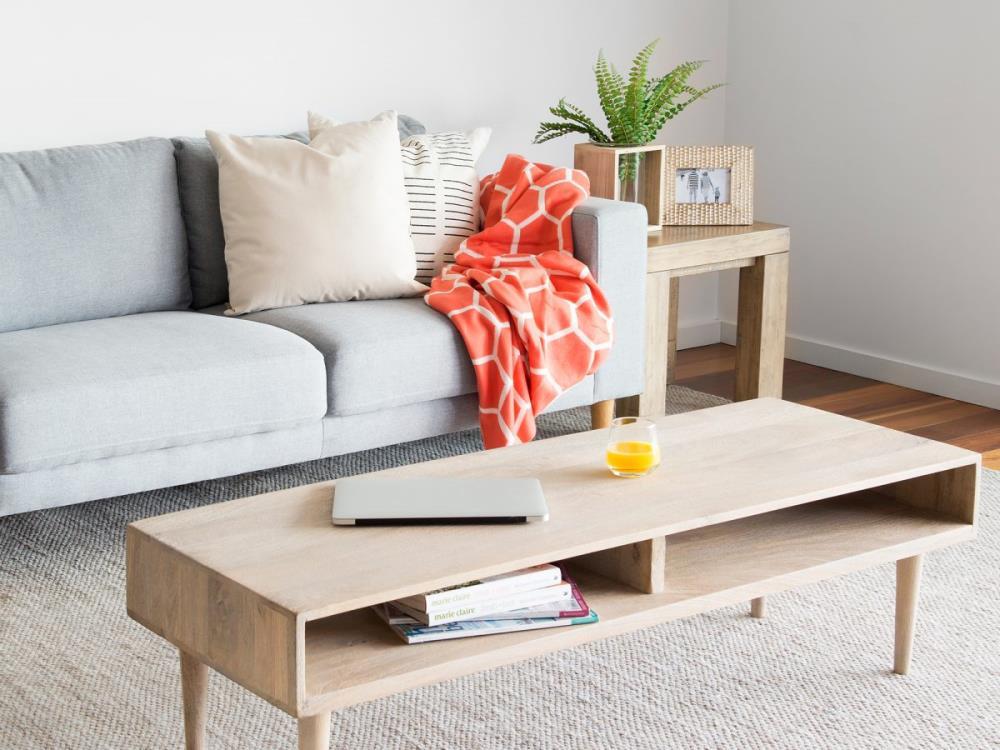

The shape of a room and the placement of furniture within it can have a huge impact on how positively people will respond to the space. Arrange all the elements wisely and your home will be both welcoming and functional.
TOP 3 TIPS
The three key things to remember about any space are:
1. Your traffic zones
2. How you are going to move around the space
3. How you are going to use the space

BREAK THE SPACE UP
Surprisingly, large rectangular rooms can cause as many issues as small rooms. The biggest mistake people make with a large rectangular room is that they treat it as one space. As a general rule – if it isn’t a ballroom, your room should have different zones. In a living room, for instance, you might create a TV area and a reading zone; for a bedroom, you might design both a sleeping zone and a study area. The solution is to break the space up into conversation zones or functional areas.
FIGURING OUT YOUR ZONES
First, take into account the size of the room and the position of the entryway and thoroughfare before choosing where to allocate a zone. Windows and lighting will also influence where you should put certain items of furniture. For instance, the light reflecting off a TV or computer screen creates glare and be no good for viewing; similarly, your favourite leather armchair is unlikely to age well if placed by the window in direct sunlight. Make sure you consider internal and external features when trying to harmonise all the elements in a room.
Choose furniture, or groups of furniture, that are in proportion with the zone. If your favourite lamp and side table combination is dwarfed by the zone you’ve allocated for it, try another zone or choose another suite of furniture that better fits the space.
A NARROW RECTANGLE
If your rectangular room is narrow, there are a few tricks you can use to make it look less elongated. Try widening long sides, for example, by using lights, light interior colours, and mirrors. You can try to shorten the far sides with well-placed pieces of furniture or styling elements that bring the length of the room inwards.
This article was sourced from www.realestate.com.au

